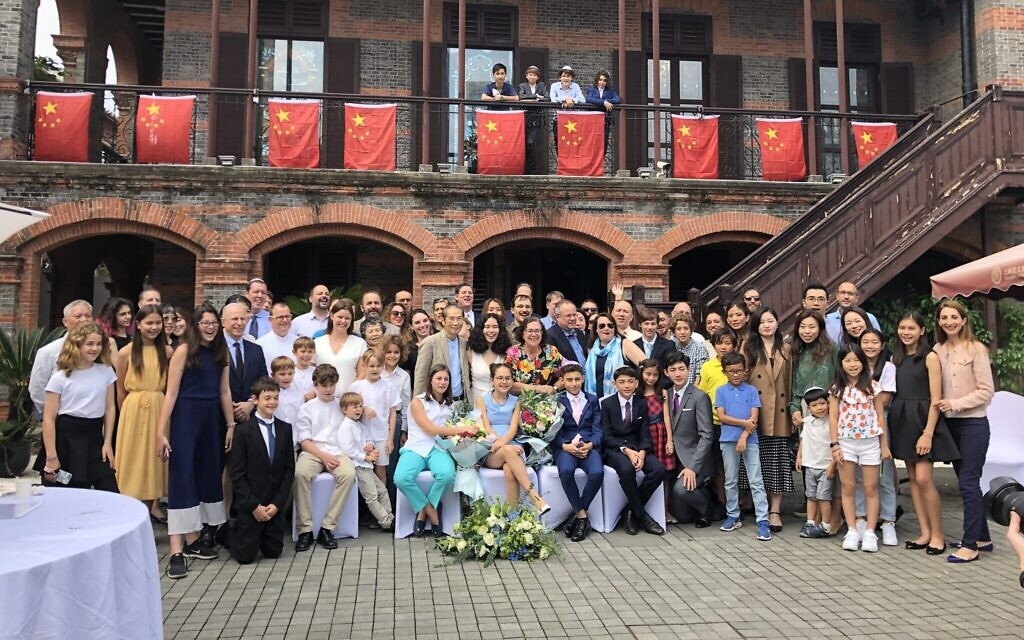Discovering the Shanghai Jewish Refugees Museum
The Shanghai Jewish Refugees Museum is a poignant reminder of a unique chapter in history when Shanghai became a haven for Jewish refugees fleeing the horrors of World War II. Located in the Hongkou District, this museum offers a glimpse into the lives of those who found sanctuary in Shanghai, highlighting the city’s role as a place of refuge during a time of global turmoil. For anyone interested in history, culture, or the resilience of the human spirit, a visit to this museum is both educational and inspiring.
Historical Significance
During the late 1930s and early 1940s, as the world was engulfed in conflict, Shanghai opened its doors to over 20,000 Jewish refugees. Unlike many other places, Shanghai did not require visas, making it one of the few accessible destinations for Jews escaping Nazi persecution. The museum is housed in the former Ohel Moshe Synagogue, which served as a spiritual and community center for the refugees. This historical site has been preserved to honor the memory of those who lived through this period and to educate future generations about this unique aspect of Shanghai’s history.
The museum’s exhibits include photographs, personal stories, and artifacts that paint a vivid picture of the refugees’ experiences. Visitors can learn about the challenges they faced, such as adapting to a new culture and language, as well as the support they received from the local Chinese community. The museum also highlights the contributions of the Jewish refugees to Shanghai’s cultural and economic life, showcasing their resilience and determination to rebuild their lives.
Exhibits and Collections
The Shanghai Jewish Refugees Museum offers a rich collection of exhibits that provide insight into the lives of the Jewish community in Shanghai during the war years. One of the key features is the extensive collection of photographs and documents that chronicle the journey of the refugees from Europe to Shanghai. These images capture both the hardships and the moments of hope experienced by the refugees.
Another significant exhibit is the recreation of living quarters, which gives visitors a sense of the cramped and challenging conditions the refugees endured. Despite these difficulties, the Jewish community in Shanghai thrived, establishing schools, businesses, and cultural institutions. The museum also showcases personal stories and testimonies, providing a human face to the historical narrative. These stories highlight the courage and resilience of individuals who, despite losing everything, managed to create a vibrant community in a foreign land.
Visiting the Museum
For those planning a visit, the Shanghai Jewish Refugees Museum is easily accessible and offers a deeply moving experience. The museum is open daily, and guided tours are available in multiple languages, providing a comprehensive understanding of the exhibits. It’s advisable to allocate at least a couple of hours to fully explore the museum and absorb the wealth of information on display.
The museum is located in the Hongkou District, which itself is rich in history and culture. After visiting the museum, you can explore the surrounding area, which still retains some of the architectural features from the time when it was known as the “Little Vienna” of Shanghai. The neighborhood offers a glimpse into the past, with its narrow streets and historic buildings, making it a perfect complement to the museum visit.
In conclusion, the Shanghai Jewish Refugees Museum is not just a place of historical interest but a testament to the enduring spirit of humanity. It serves as a reminder of the power of compassion and the importance of remembering the past to build a better future. Whether you are a history enthusiast or simply curious about this unique chapter in Shanghai’s history, the museum offers valuable insights and a deeply moving experience.
